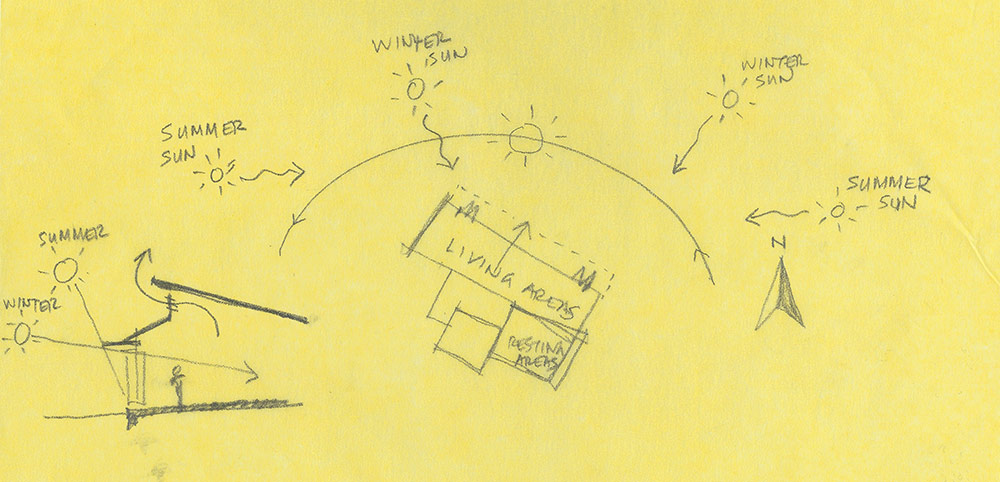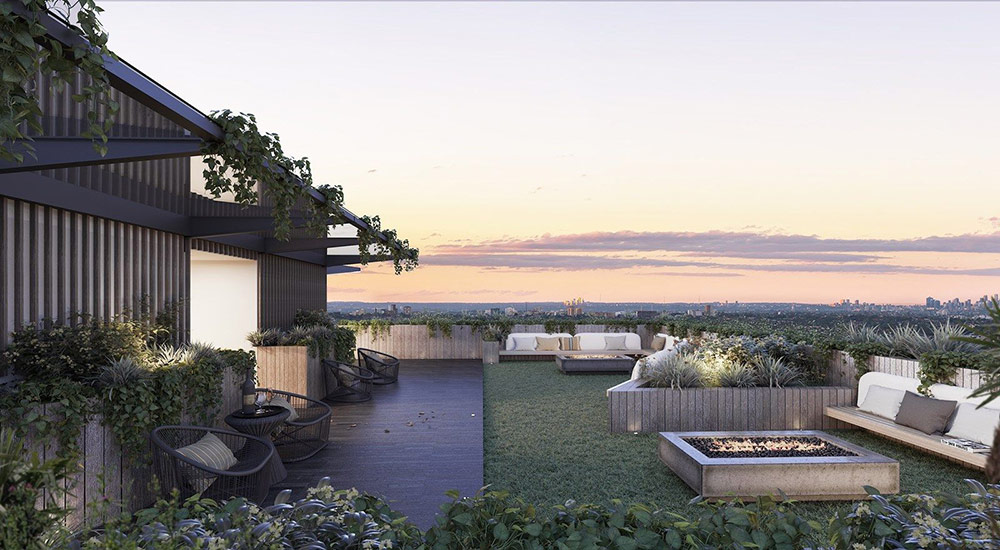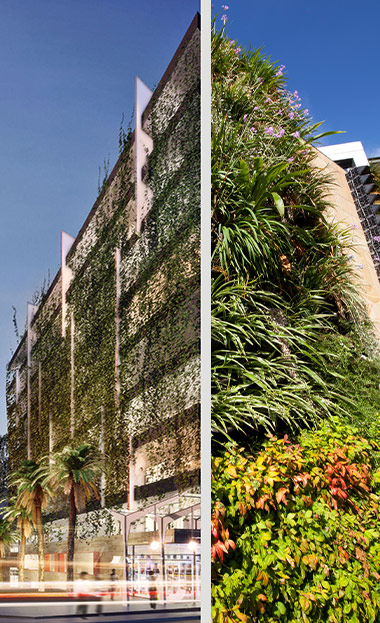Minimising Urban Heat Island (UHI) effect
What is UHI?
Urban Heat island effect is the tendency for cities to get hotter than its surrounding rural areas because building materials like asphalt and concrete trap heat.
The Urban Heat Island effect in cities increases the demand for energy to cool buildings, increases costs, increases pollution and production of green houses and negatively impacts health causing heat stress illness and even death.
The following strategies or combination of strategies may be employed in building design to minimise UHI. The use of some advanced mitigation technologies can reduce the cooling load of buildings by 20 %*
Building mass and orientation – Passive design has great potential. Placing buildings on a site to maximise natural air flow for summer breeze and designing the building mass to offer shading opportunity is often overlooked. Nailing the building orientation on site will have long term benefits in minimising energy required to cool the building and psychological impact on occupants.

Cool roofs – Light and reflective roof materials can deliver high solar reflectance and thermal emittance. They are effective in keeping heat out during hotter months because of low heat absorption factor and are more economical than green roofs. It is essential to understand the local urban design guidelines before selecting a light-coloured roof and also location of the site, cool roofs may not be ideal for cooler winter temperatures.

Greening roofs – Green roofs are getting more common and technologies more robust. Green roofs help to control the temperature inside a building by moderating its ambient air temperature and by creating insulation, they filter and control the release of rain water, reducing stormwater pollution, and they boost the productivity of solar panels during the warmer months of the year. The design potential for green roofs is immense and it can be varied between a veggie / herb garden or a low maintenance native garden.

Vertical greening – Green facades are growing in popularity, although their maintenance costs can be debated. Green walls have the potential to reduce ambient temperature in the building and make a great sustainability statement. They also may improve urban air quality, maintain humidity levels and also improve indoor air quality and occupant comfort and perception.

Cool / Water retentive paving – Cool paving has many benefits because it does not absorb and reflect back the same amount of thermal energy as bitumen or dark coloured paving. As a result, it keeps the ambient air temperature lower and transfers less heat to surrounding buildings and people. If the paving is designed using porous material or broken with strips of vegetation it has the additional benefit of reducing stormwater run-off.

*Urban Heat Island in Sydney, study by UNSW Dec 21, 2016